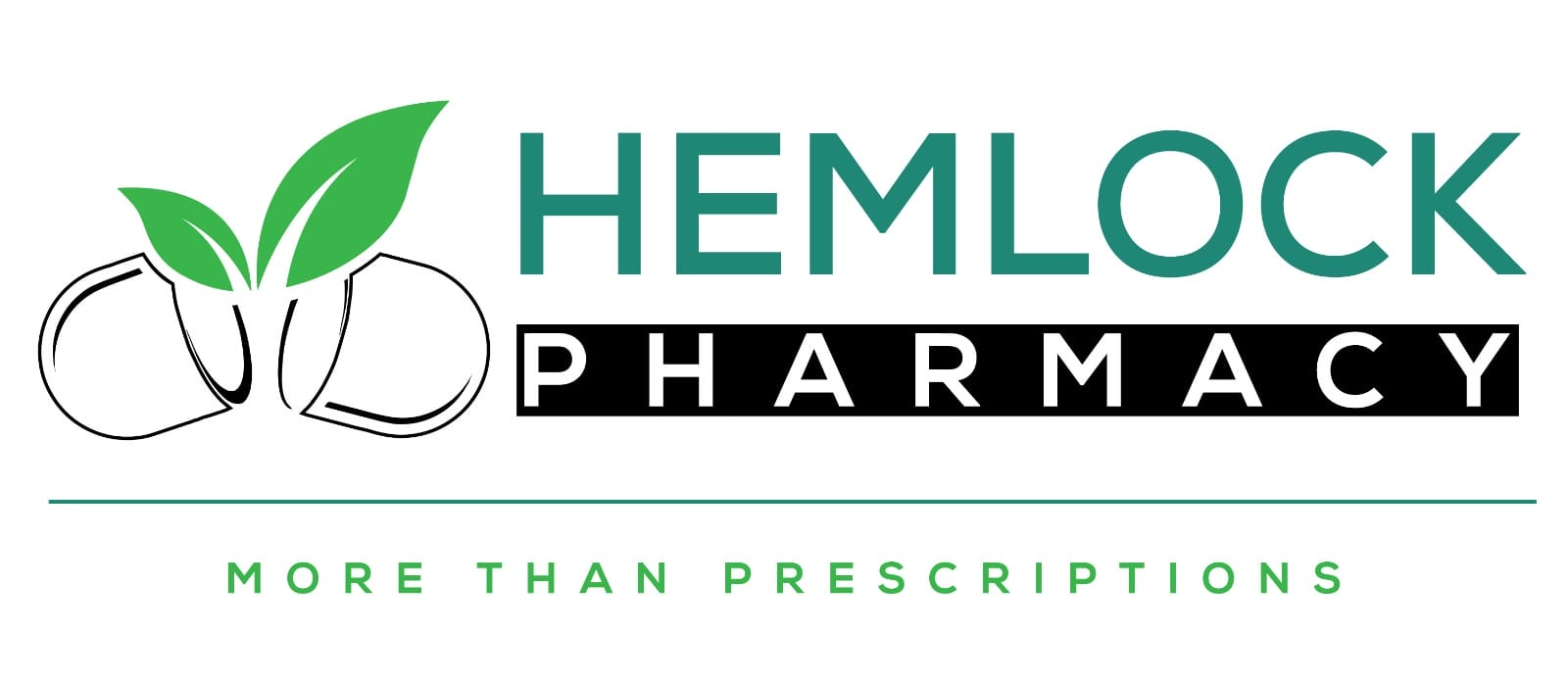A bad sunburn can ruin even the best moments. Between the pain and the peeling, it can take days—even a week—for your skin to return to normal. But beyond discomfort, excessive UV exposure can damage your DNA, which is always bad news. To avoid this, let’s dive into the world of sunscreens.
Why Use Sunscreen: The Dangers of UV Rays
Sunscreen isn’t just about preventing sunburns. It’s about protecting your skin to keep it healthy and happy throughout your life.
The sun emits two types of ultraviolet (UV) rays:
UVB rays: Responsible for sunburns.
UVA rays: Penetrate more deeply into skin cells, causing DNA damage.
Over time, both types of rays can damage skin cells and prematurely age your skin. Wrinkles and creases may form due to UV exposure.
Types of Sunscreen
1. Mineral Sunscreen (Physical Sunscreen):
Active ingredients: Titanium dioxide or zinc oxide.
How it works: Sits on your skin’s surface and blocks UV rays from entering.
Acts as a physical barrier to protect your skin.
Modern mineral sunscreens use nanoparticles to reduce the visible white sheen.
Some may have added tints to minimize the white cast.
2. Chemical Sunscreen:
Active ingredients: Various chemical compounds (e.g., avobenzone, octisalate, octocrylene, oxybenzone).
How it works: Absorbs UV rays, converting harmful light into heat released off your skin.
Sun Protection Tips
1. SPF (Sun Protection Factor):
SPF measures how much solar energy is required to cause a sunburn when you’re wearing sunscreen compared to unprotected skin.
Minimum recommendation: SPF 30. Higher SPFs offer more protection.
Remember to reapply!
2. UVA vs. UVB Protection:
Both types of rays cause DNA damage.
Use broad-spectrum sunscreens to protect against both UVA and UVB rays.
Remember: Slather on sunscreen, enjoy the sun’s benefits, and keep your skin safe!



